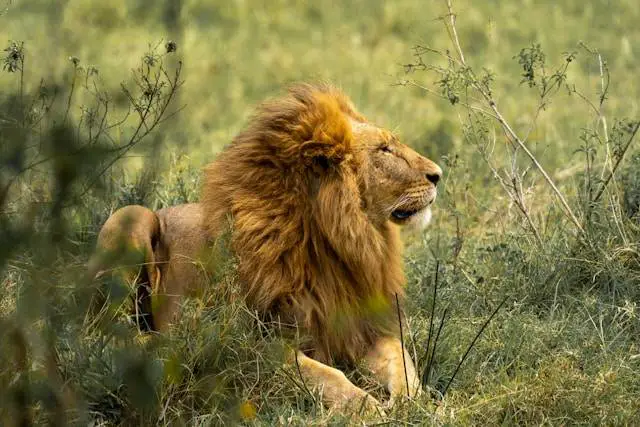How to Become a Wildlife Photographer: Expert Guide
Wildlife photography blends technical accuracy, artistic expression, and a profound reverence for the natural world. Aspiring photographers have the chance to share untold tales of the natural world, promote conservation efforts, and document ecosystems. A well-organized guide to a lucrative wildlife photography profession is provided below, updated with market insights and practical tactics.
Core Responsibilities of a Wildlife Photographer
Wildlife photographers specialize in capturing animals in their natural habitats. Their work spans scientific journals, documentaries, and conservation campaigns. Key tasks include:
- Tracking animal behavior without disruption.
- Operating advanced camera systems in extreme conditions.
- Editing raw images for clarity and impact.

For those interested in conservation, partnering with organizations like the World Wildlife Fund can amplify reach. Learn more about conservation efforts in our analysis of North Korea’s nuclear program expansion.
Essential Skills for Capturing Wildlife
Technical Proficiency
Mastering camera settings is not optional. Adjusting ISO, shutter speed, and aperture results in sharp shots in low-light woodlands or fast-paced savannas.
| Skill | Application |
| Camera Handling | Use burst mode for rapid movements. |
| Composition | Apply the rule of thirds for balanced shots. |
| Patience | Wait hours for ideal lighting or animal activity. |
Post-Processing Expertise
Tools like Adobe Lightroom refine exposure and remove distractions. Explore advanced techniques in our guide to enhancing web search strategies.
Equipment Guide: Cameras, Lenses, and Accessories
Top Camera Models (2024)
- Canon EOS R5: 45MP resolution, 8K video.
- Nikon Z9: 120 FPS continuous shooting.
- Sony A1: Real-time tracking for birds in flight.
Lens Recommendations
- Telephoto (400mm–600mm): Ideal for distant subjects like tigers or eagles.
- Macro Lenses: Capture insects and flora details.
For budget-friendly alternatives, check our review of Xiaomi’s latest tech launches.
Fieldwork: Building Experience and Expertise
Starting Locally
Begin with urban wildlife or nearby reserves. Volunteering with conservation projects provides hands-on opportunities.
Understanding Animal Behavior
Study migration patterns and feeding habits. Resources like National Geographic’s Wildlife Guide offer in-depth insights.
Portfolio Development and Marketing
Curating a Standout Portfolio
- Showcase diverse ecosystems and species.
- Highlight unique perspectives, like underwater or aerial shots.
Networking Strategies
- Join platforms like Wildlife Photographers United.
- Submit work to magazines such as Audubon or BBC Wildlife.
For inspiration, read our review of documentaries impacting conservation.
Career Pathways and Monetization
Freelance Opportunities
Sell images on Shutterstock or Getty Images. High-demand niches include endangered species and climate change impacts.
Conservation Collaborations
Organizations like WWF hire photographers for campaigns. Explore related health topics in our article on managing joint pain.
Ethical Practices in Wildlife Photography
Guidelines to Follow
- Maintain a safe distance using zoom lenses.
- Avoid flash photography near nocturnal animals.
Learn about global ethical standards in our coverage of drone regulation debates.
By merging technical skill with ethical practice, wildlife photographers can turn passion into a impactful career. Stay updated with industry trends through our technology news section.

